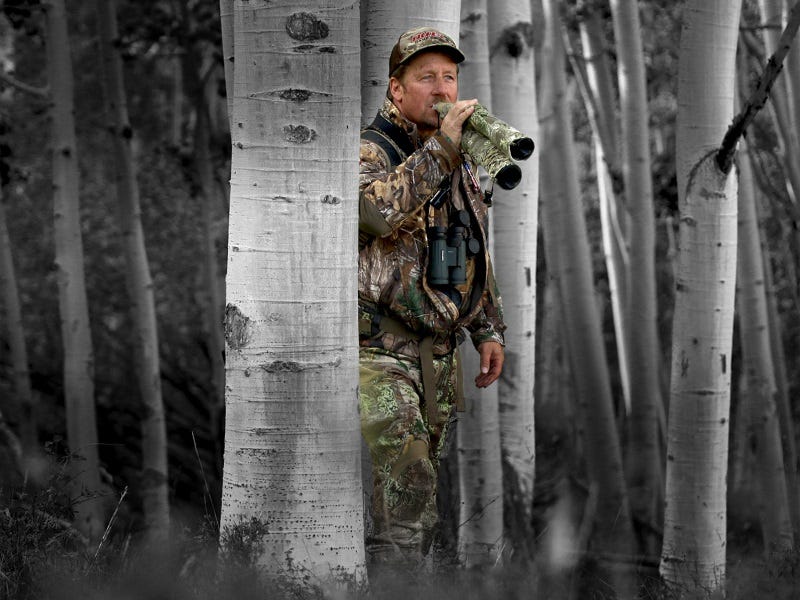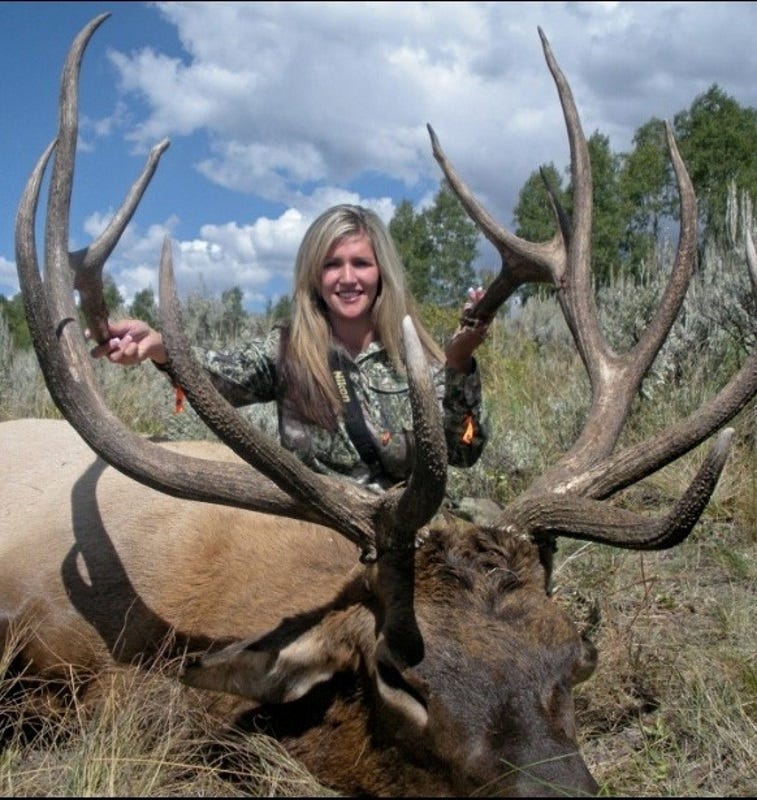Game Call Innovation: Communication as Manipulation, an Interview with Weston Clark


Weston Clark, vice president at Duel Game Calls, was born in Riverton, Wyoming, which pretty much means he was destined to hunt elk. In a recent interview, Clark told us he was enthralled with elk by his seventh birthday and he recalls packing elk out of the mountains when he was eight. He was imitating elk calls in third grade.
“As soon as the first snow would fall, my friends and I would start to circle up the girls on the playground bugling like bulls,” he said. “That’s the kind of trouble I would get in when I was in grade school.”
Click here to see the selection of Duel Game calls that Weston has helped design and produce.
A guide for many decades and a lifelong elk hunter, Clark has a passion for communicating with animals. “Communication as manipulation, that’s the height of hunting for me,” he said. “To call in a colossal animal, like an elk, and to call them in to within yards, where you can hear them breathing… that’s why I do this.”
The Anatomy and Evolution of Animal Communication
“There’s a relationship between predator and prey in the way they communicate,” Clark said. “The way elk talk in Montana is different than the way elk talk in Colorado—a lot of that has to do with hunting pressure from wolves and other predators that differ between geographical areas.”
Predators and prey are always evolving and ever changing—in Montana, we’ve heard reports of wolves being able to imitate elk bugles… now whether that is true or not, what IS true is that because wolves are prevalent in Montana and Idaho, you will call to an elk differently there than in a place where wolves are not yet a major threat to the elk population.
“The calls in Montana are much shorter and shriller than calls in Colorado,” Clark said. “Think about it like this: when a bull bugles, that’s like a flare to the other elk he is talking to—the longer that bugle, the longer and higher the flare flies. Now, in Montana and other places with wolves, those wolves can ‘see’ that flare, too—so, that bull is going to know… going to have learned to talk shorter up there so he isn’t giving away his location to the wolves at the same time he is calling to his cows.”
That same “learning” that we see between predator and prey in Montana and Idaho occurs with animals in different geographical regions. Over the years and in relation not only to predation, but also in relation to interspecies communication, the same animals, in this case, elk, will have different “dialects” of communicating with each other.
Duel Game Calls have incredible innovation in their elk calls.
“I mean think about it, some of these alpha cows age up to 25-28 years old,” Clark said. “They’ve heard an incredible amount of calls, from different bulls to different predators and even hunters using imitation calls like Duel Calls or Primos calls. The alpha cow is the real judge of your call—she controls the herd, and she’s smart and always learning. Sometimes you’ll be able to tell, year-to-year, how much the calls change, and that’s why the dual chamber tech in our calls is so innovative—it gives the hunter an anatomically correct ‘baseline’ from which he (or she) can start to imitate the local dialects of the game.”
Technical Aspects of Duel Game Calls
“All mammals make sounds the same way: through two chambers, the nasal cavity and oral cavity,” Clark explained. “While the oral cavity does far more sound articulating than the nasal cavity, the nasal cavity is vital for adding resonance and a certain ‘depth’ to your call.
“Think about the way you talk,” Clark said. “The air comes from your lungs, across your vocal cords, and out your nose and mouth. When you have a cold, or plug your nose, you sound different. Using any game call with just one chamber is like you’re calling with a cold. That’s why Duel uses two distinct chambers in their calls—so when you’re calling to an elk, the air, and the sound that air ultimately creates, mimics the animal’s real anatomy.”
When you’re trying to manipulate an animal, using its own language, and when that language is spoken in different dialects and changes year to year, having an anatomically correct chamber from which to launch the “air” of your call can give you a leg up over single chamber calls.
“Having an anatomically correct call allows the hunter to focus more completely on how the animals in his geographic region actually communicate,” Clark said, “rather than how to effectively recreate the sounds he hears while he’s out scouting or hunting.”
So, knowing that the way animals communicate is always evolving, and knowing that the same species will speak differently depending on where they’ve matured, how does a call “manufacturer” hope to keep up with changing pace of game in the field?

Innovation of Game Calls: Research and Development + Pro Staff
“We are doing some really thorough, scientific investigation at a university in Rochester, New York to help us develop a wider, deeper grasp on the anatomy of our calls,” Clark said. “We are always going a little bit further like that—trying to get a little bit closer to true communication. We’ve also got an incredible pro-staff… guides and hunters in the field that actually go out and use our calls and give us feedback on what works and what doesn’t work.”
“We find out from firsthand experience, from some of the best hunters in the field, that XXX call is working in Oregon, and XXX cow call is working in Idaho,” Clark said. “Sometimes hunters will say to the team, ‘The animals are communicating with this call’, then we will turn around, look at each other and try to figure out how we can engineer a piece of tech that easily replicates that sound.”
When the calls of game change year to year, when the dialects of animal communication are different across geographical areas, staying ahead of that language is a lifelong job.
View an entire catalog of game calls and see which of these fits the game you're after.
“We want our calls to work for the average hunter in real-life situations,” Clark goes on, “so we put our calls out there and test them in those same situations before we bring them to market.”

What’s a Game Call for?
Game calls are made to help hunters imitate the way animals communicate with each other… that’s a simple truth. But in reality, a game call is a way for a hunter to become completely lost in the natural world he or she was born into. If you can communicate with an animal so well that you can manipulate him into believing you are one of his species, you’ve won. You’ve become a master of your environment.
Pair a good game call with a great decoy, and then practice, practice, practice.
It’s not only about the kill or the trophy—at the close of this interview, Clark said something that resonated with us: “We just want to give people the opportunity.” And that’s the end game of buying or using a game call—to use communication as manipulation, to create your own opportunity in the field.
